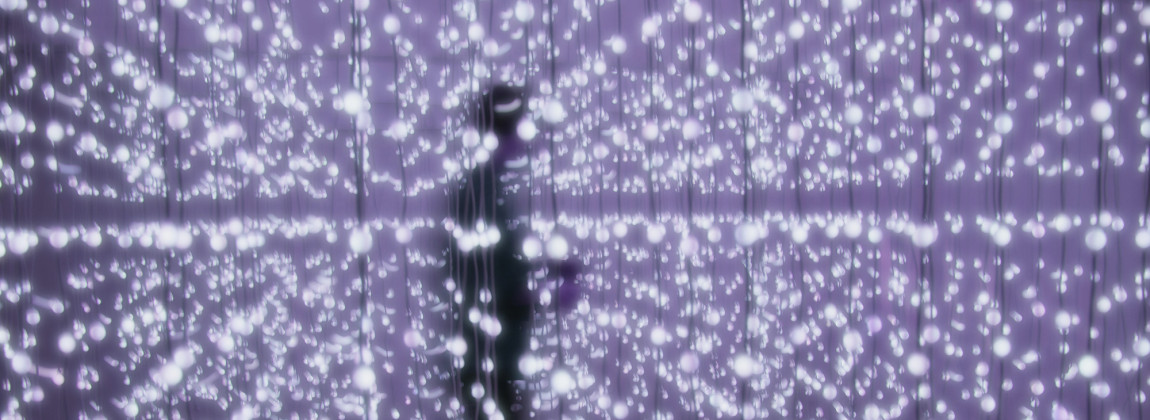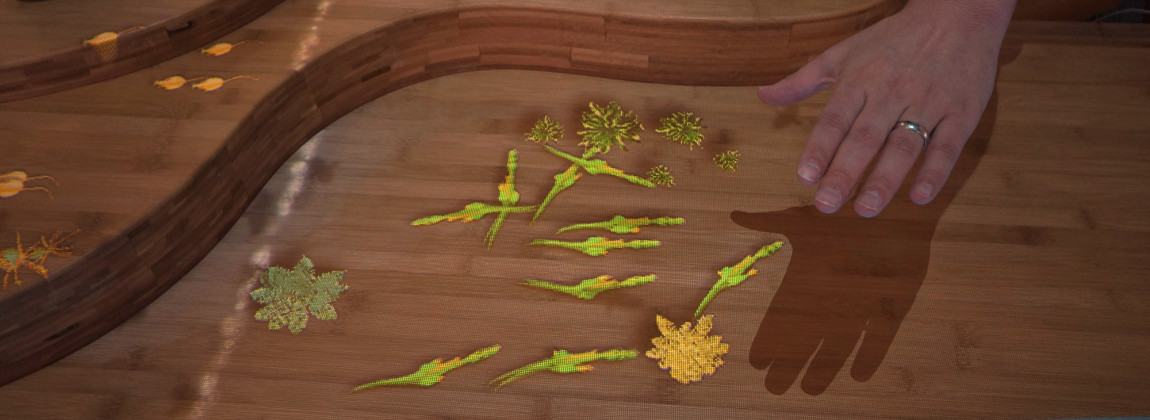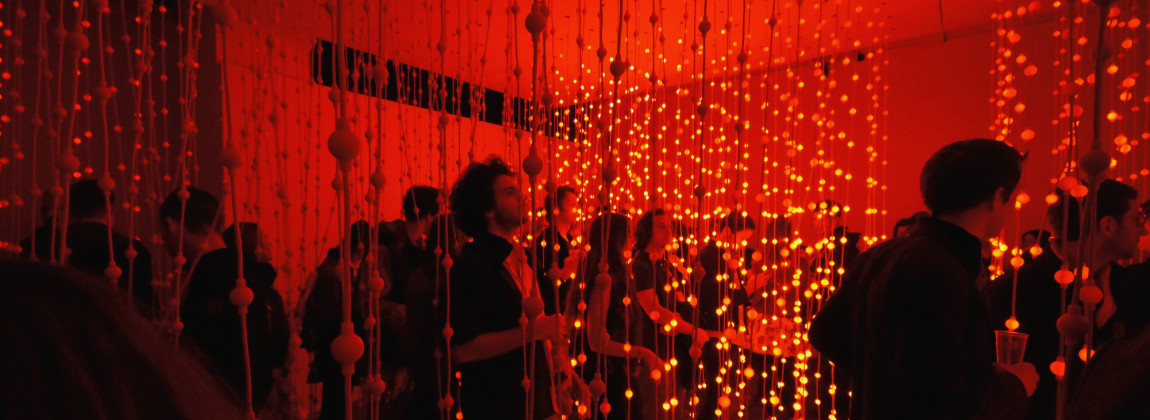- Type of project
- PhD
- Website
- www.squidsoup.orgwww.oceanoflight.net
- anthony.rowe@aho.no
- Duration
- 01.09.2012 -> 01.09.2014
This project has been completed
About the project
The requirements of designing for immersion and designing for interaction present a range of dilemmas and opposing forces. This research project attempts to shed some light on how to untangle some of these conflicting requirements, from both a theoretical and a practical standpoint, in the particular context of art installation environments – spaces that are open to the public and promise to reward visitors with some kind of ‘experience’.
Immersion is a superficially simple concept – “the sensation of being surrounded by a completely other reality, as different as water is from air, that takes over all of our attention, our whole perceptual apparatus” is one generic definition (Murray 1999, 98-99), yet it has been appropriated by numerous disciplines, each of which has applied its own spin to the concept, with ideas getting mixed up with concepts of engagement, presence, involvement, flow, embodiment, affect, atmosphere to name but a few.
Interaction is also a generally understood concept, yet as a design discipline it too encompasses a broad spectrum of thought and approaches, from the traditional role of ‘operator’ of a machine through to the ‘user’ of current pervasive media. Within this trajectory is the area of embodied interaction, which looks at the way we engage with the world using all of our senses and our bodies as interface.
Screens, the increasingly ubiquitous visual display system of the last seventy years, offer flat, two-dimensional mediated representations, yet they often attempt to depict 3D space, atmosphere, reality. Similarly, many computer interfaces are flat and narrowband (mouse, keyboard, touchscreen, camera). Interactive, immersive media arts experiences are at the forefront of efforts to remove this constriction, to recognize that the boundaries between us and digital media experiences are eroding and will disappear. Media will become the environment. And as this happens, the barriers between us, our bodies and senses, and the computerized worlds and experiences we engage with will disappear.
Analytical frames: Immersion, interaction design, affective experiences, visual perception. Methods: practice led research and analysis of artistic outputs of the project and others.









